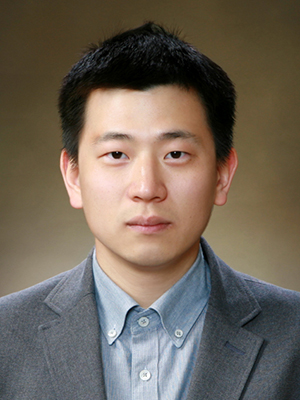
Gerald Werner, MD
Klinikum Darmstadt GmbH, Germany
According to Dr. Gerald Werner (Klinikum Darmstadt GmbH, Germany), percutaneous coronary intervention (PCI) has become a cornerstone in the management of coronary artery disease (CAD). As the complexity of PCI increases, so do the duration of the procedures and the radiation exposure for both patients and medical staff. This increased radiation exposure can have substantial long-term health effects. Therefore, effective radiation management strategies are necessary to ensure the safety and the effectiveness of complex PCI procedures.
It is a fundamental principle of radiation physics that radiation cannot be eliminated, only diminished. Therefore, in the context of PCI procedures, our goal is not to eliminate radiation exposure, but rather to manage and reduce it to the lowest levels that are reasonably achievable. However, a significant challenge lies in the fact that operators are often unaware of the ways to optimize their radiation use. Familiarity with X-ray equipment settings, understanding the readings and their implications, and a keen interest in dose optimization are vital components of effective radiation management.
A variety of factors influence the radiation dose in PCI procedures, including the complexity of the lesion, the patient's body weight, and the quality of the X-ray equipment. Complex lesions, for example, can cause the operation to be prolonged, resulting in greater radiation exposure. Patients with a higher body mass, on the other hand, may require a higher radiation dose due to the increased demand for tissue penetration.
A mix of modern imaging technology and clever procedural approach is required to address these obstacles and decrease radiation exposure. Recent technological advances, such as newer-generation flat-panel detectors, provide high-quality imaging at substantially lower radiation doses. These technical advances, however, must be accompanied by meticulous procedural planning.
The optimization of procedure parameters is a critical component of radiation dose reduction. This involves minimizing fluoroscopy duration, employing the lowest radiation dose possible for image acquisition, and adjusting technical features, such as fluoroscopy frame rates to the unique needs of each patient. Furthermore, measures like appropriate shielding, proper collimation, reducing the angle of C-arm, and saving fluoroscopic images instead of taking other Cine images play an important role in further reducing radiation exposure.
There is no doubt that managing radiation exposure in sophisticated PCI procedures is difficult. A solid understanding of radiation physics, on the other hand, can go a long way toward ensuring that radiation is successfully attenuated. Furthermore, ongoing education and training are required to effectively implement these tactics. By implementing these steps, we can ensure that complicated PCI remains a safe and effective treatment choice for CAD patients.
Hot Topics
Complex PCI - Calcification, Very Long Lesion
Monday, May 8, 2:50 PM - 4:00 PM
Presentation Theater 1, Vista 3, B2
Edited by

Ju Hyeon Kim, MD
Asan Medical Center, Korea (Republic of)

